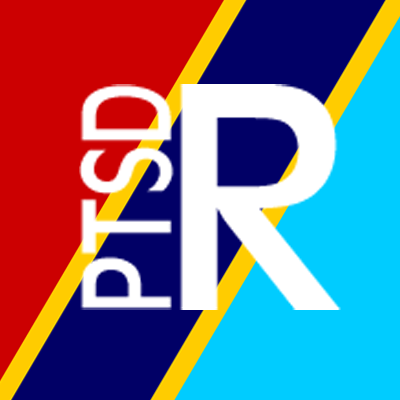How Britain's Unknown Warriors Shape Today's Mental Health Crisis
ID: 15082024
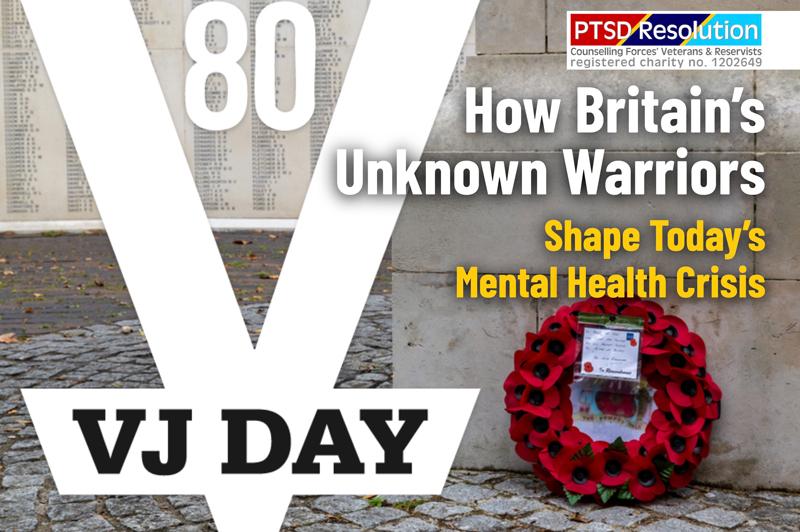
In fields of France and Belgium, 760,000 Commonwealth servicemen—the overwhelming majority British—are commemorated only by name carved into stone memorials, their bodies never recovered from the chaos of war. This staggering figure represents nearly half of all World War casualties, creating an enduring legacy of unresolved grief that reverberates through generations and continues to influence veteran mental health today.
The psychological wounds left by these missing warriors extend far beyond historical remembrance. They have created patterns of trauma, grief, and loss that persist in military families and communities, contributing to a contemporary veteran mental health crisis that sees 253 British veterans dying by suicide annually and PTSD rates that have doubled since 2004. Understanding this connection between past loss and present suffering is essential to addressing the complex mental health needs of today's military community—needs that organisations like PTSD Resolution are uniquely positioned to meet.
The unprecedented scale of Britain's missing warriors
The scope of Britain's military personnel who died without known graves defies comprehension. During the Great War alone, artillery bombardments were so intense that entire battalions disappeared into the mud of Flanders, their remains scattered beyond recognition or buried so deeply that recovery became impossible. The Battle of Passchendaele claimed 42,000 British and Commonwealth soldiers whose bodies were never recovered from a single campaign, while the Somme offensive left tens of thousands more without identifiable remains.
The architectural response to this unprecedented loss created some of the most significant memorial structures in British history. At Thiepval, the largest Commonwealth memorial to the missing commemorates 72,194 British and South African personnel from the Somme alone—representing more missing soldiers than entire cities' populations. The Menin Gate stands as an eternal testament to 54,370 Commonwealth forces who died defending the Ypres Salient before August 1917, when space constraints forced the creation of additional memorials to accommodate the overwhelming numbers.
World War II brought different but equally devastating patterns of loss. RAF Bomber Command faced a 46% death rate, with 41,881 airmen initially listed as missing—young men who simply vanished into the night skies over occupied Europe. Many crashed in remote locations or enemy territory where recovery was impossible, leaving families with no graves to visit, no bodies to bury, and no closure to their grief.
Even in more recent conflicts, the psychological burden persists. Captain Robert Nairac of the Grenadier Guards disappeared in Northern Ireland in 1977, his body never recovered despite extensive searches. In Afghanistan and Iraq, improved casualty evacuation meant fewer missing personnel, but each case still created the same patterns of unresolved grief that have haunted military families for over a century.
Monuments to the missing and the ritual of remembrance
Britain's response to this unprecedented loss created a unique culture of remembrance focused specifically on those without graves. The Commonwealth War Graves Commission maintains 23,000 sites worldwide, where 760,000 personnel are commemorated only by name rather than marked graves—a systematic effort unparalleled in human history to ensure the missing are not forgotten.
These memorials serve as more than historical monuments; they function as sites of ongoing psychological healing. At the Menin Gate, the Last Post has sounded every evening at 8pm since 1927, creating a daily ritual of remembrance that acknowledges ongoing grief rather than attempting to close it. The ceremony recognises that for families of the missing, mourning never truly ends—it simply evolves into different forms.
Tyne Cot Cemetery, the largest Commonwealth war cemetery in the world, contains 11,961 burials alongside its memorial to 34,948 missing personnel, creating a unique landscape where identified and unidentified losses exist side by side. This physical arrangement reflects the psychological reality of military grief, where closure and uncertainty coexist in complex patterns that resist simple resolution.
The architectural significance of these memorials extends beyond commemoration to therapy. Sir Edwin Lutyens designed Thiepval as more than a monument—it functions as a space for processing grief without closure, where families could engage with their loss without requiring the finality that traditional gravesites provide. The memorial's innovative design acknowledges that some forms of military grief require different responses than civilian bereavement.
The psychology of ambiguous loss in military families
Academic research reveals that families of missing military personnel experience "ambiguous loss"—a specific form of unresolved grief that prevents normal mourning processes and creates lasting psychological trauma. This concept, first developed by studying families of soldiers missing in Vietnam, identifies two devastating types: physical absence with psychological presence (missing in action) and physical presence with psychological absence (conditions like PTSD).
The neurobiological impact of ambiguous loss creates addiction-like patterns in the brain, where grievers' neural networks process loss differently than normal bereavement. Research shows that complicated grievers experience activation in both emotional memory centres and pleasure-reward centres, creating persistent yearning that resists traditional grief interventions. This explains why families of missing service personnel often struggle for decades with unresolved mourning that standard bereavement support cannot address.
Current UK veteran mental health statistics reveal the contemporary manifestation of these historical patterns: PTSD rates have risen from 4% in 2004 to 9.4% in 2023, with 72% of veterans with probable PTSD meeting criteria for Complex PTSD. The King's Centre for Military Health Research documents that combat veterans show significantly higher rates of psychological distress, with 17% of Iraq and Afghanistan veterans developing PTSD compared to 7% among non-deployed personnel.
The transmission of military trauma across generations compounds these challenges. Forty-year longitudinal studies demonstrate that veterans' war exposure intensity correlates with psychological symptoms in their adult children, creating patterns of intergenerational trauma that affect families decades after initial losses. Military children experience their own forms of ambiguous loss during deployments, disrupting attachment patterns and creating vulnerability to trauma transmission.
The contemporary veteran mental health crisis
Britain faces an escalating veteran mental health emergency, with 253 veterans dying by suicide in England and Wales during 2021 alone—representing 4.9% of all suicides in the 16+ age group despite veterans comprising a much smaller percentage of the population. Young male veterans aged 25-44 show particularly elevated suicide rates, with some age groups demonstrating rates twice those of their civilian counterparts.
The connection between historical patterns of unresolved military grief and contemporary veteran suicide becomes clear through clinical research. Veterans who lost comrades during combat report grief symptoms comparable to bereaved spouses whose partners recently died, with grief severity uniquely associated with comrade losses rather than general trauma exposure. This combat-specific grief creates complicated mourning patterns that resist standard PTSD treatments and contribute to elevated suicide risk.
Current statistics reveal the scope of ongoing need: 65% of UK veterans deal with mental health challenges daily, with 48% diagnosed with anxiety, depression, or PTSD. Combat Stress charity reports receiving 17,521 unique referrals annually, representing a four-fold increase over the past decade. The NHS OpCOURAGE service has received over 30,000 referrals since 2017, with 4,500 new cases in just eight months of 2023.
The psychological profile of veterans seeking help demonstrates the complexity of military trauma: many clients of PTSD Resolution have multiple mental health conditions, with unresolved grief from lost comrades representing a significant but historically underexamined component. Traditional mental health services often fail to address the unique bonds between service members and the moral injury created when those bonds are severed through death.
PTSD Resolution's response to complex military grief
Into this landscape of unmet need, PTSD Resolution has emerged as a uniquely effective response to military trauma and grief. Since 2009, the charity has treated over 4,500 clients using an innovative Human Givens therapy approach that achieves an 82% completion rate at a cost of just £940 per course—remarkable statistics that demonstrate both the effectiveness and efficiency of their specialised approach.

Major Rowland de Putron Gauvain
Colonel Tony Gauvain (Retired), Founder and Chairman of PTSD Resolution, can relate to generational trauma from his father's death in action See The Memorial Wall. He emphasises the critical importance of timely intervention: "At PTSD Resolution, we've seen firsthand how critical timely intervention can be. Our approach of delivering therapy in an average of seven sessions has proven effective in helping veterans and their families navigate these challenging times." This brief, intensive model directly addresses the traditional barriers that prevent veterans from accessing help, including long waiting times and stigma around prolonged therapy.
The charity's Human Givens approach offers particular advantages for military grief by requiring no disclosure of traumatic events, allowing treatment without therapists knowing specific trauma details. This respects military culture's reluctance to share operational experiences while still providing effective trauma resolution through techniques like the "rewind method" for detraumatisation.
Testimonials reveal the profound impact of PTSD Resolution's approach on veterans struggling with complex grief and trauma. A veteran who served in Iraq describes his transformation: "Before my treatment with PTSD Resolution, I suffered from nightmares, flashbacks and I had experienced a complete psychotic breakdown. But PTSD Resolution has changed my life. I am free from flashbacks, I have reconciled with my parents and I'm getting on great with my wife and children." The testimonial highlights how effective trauma treatment creates ripple effects that heal family relationships damaged by unresolved grief and psychological distress.
Extending support to military families through FAITH
Recognising that military trauma affects entire family systems, PTSD Resolution launched their FAITH (Family Assistance & Intervention for Trauma Healing) programme in 2024, specifically designed for families affected by military trauma. Current statistics show that 17% of PTSD Resolution's clients are family members, with 65% being partners and 32% children of veterans—demonstrating the intergenerational impact of military service.
Early outcomes from the FAITH programme show 68% of family clients demonstrate reliable improvement after therapy, providing evidence that family-focused interventions can interrupt the transmission of military trauma across generations. One family testimonial illustrates the programme's impact: "We had family therapy sessions which focused on our healing rather than the details of Dad's trauma. After the sessions, the changes were remarkable: Dad's nightmares ceased, the whole family became calmer, and we haven't experienced the household tensions that used to trigger everyone."
This family-centred approach addresses the reality that military grief and trauma exist within relationship contexts that both amplify distress and offer opportunities for healing. The programme recognises that spouses and children of veterans experience their own forms of ambiguous loss when military service changes their family member's psychological presence, creating secondary trauma that requires specialised intervention.
The economics of effective intervention
PTSD Resolution's financial model demonstrates remarkable efficiency, with 92% of expenditure directly supporting charitable objectives and no salaried staff or fixed assets. The £940 cost per completed course compares favourably with NHS mental health interventions while achieving superior completion rates and avoiding the typical delays that characterise public services.
Colonel Gauvain notes the broader implications: "The Ipsos survey results underscore what we've been observing on the ground. The challenges of recent years have exacerbated existing mental health issues and created new ones, particularly among those who have served in the armed forces." This observation connects current mental health pressures with the historical patterns of military trauma and grief that continue to affect veteran communities.
The charity's approach of providing immediate, local, and effective treatment addresses many of the systemic barriers that prevent veterans from accessing help. First appointments typically occur within 12 days of registration, compared to months-long waiting times for NHS mental health services. This rapid response model acknowledges that for veterans struggling with complex grief and trauma, delayed intervention often results in deteriorating conditions and increased risk.
From historical remembrance to contemporary healing
The connection between Britain's 760,000 missing warriors and today's veteran mental health crisis reveals itself in the persistent patterns of unresolved grief, family trauma, and community loss that span generations. The same psychological mechanisms that prevented closure for families of Great War missing soldiers continue to operate in contemporary military families dealing with combat trauma, deployment stress, and loss of comrades.
Modern research validates what memorial architects like Lutyens intuitively understood: some forms of military loss require different responses than civilian bereavement. The ongoing ceremonies at memorials like the Menin Gate acknowledge that military grief often cannot be "resolved" in traditional terms but must instead be integrated into ongoing patterns of remembrance and meaning-making.
PTSD Resolution's success demonstrates that effective responses to military trauma must account for these unique characteristics of service-related grief and loss. Their Human Givens approach, with its emphasis on rapid intervention, family inclusion, and respect for military culture, offers a model for addressing the complex psychological legacy of Britain's missing warriors in contemporary therapeutic terms.
Recent News
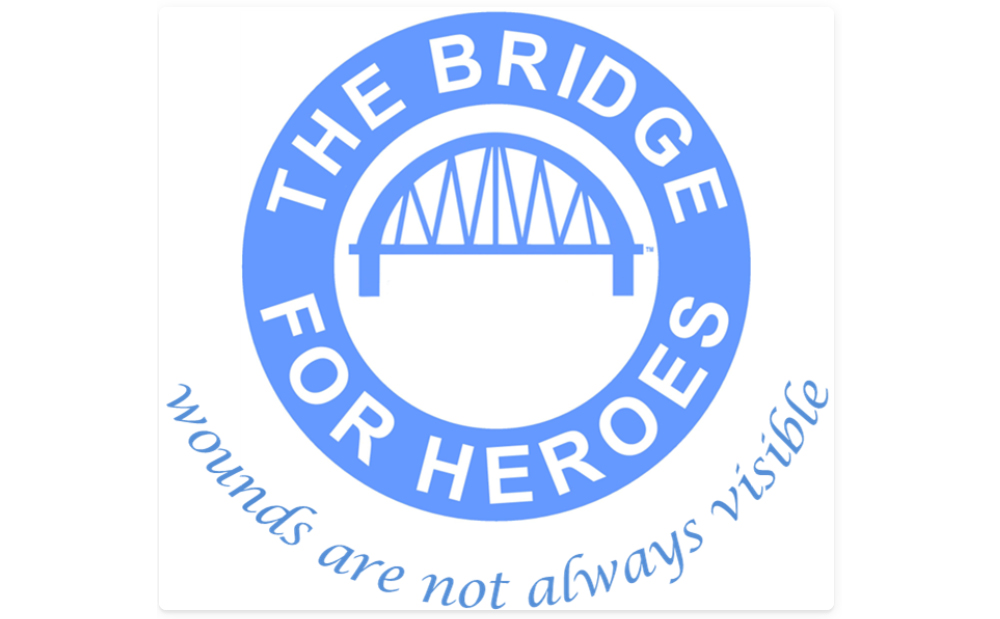
PTSD Resolution Partners with Bridge for Heroes to Expand Mental Healt...

How Britain's Unknown Warriors Shape Today's Mental Health Crisis
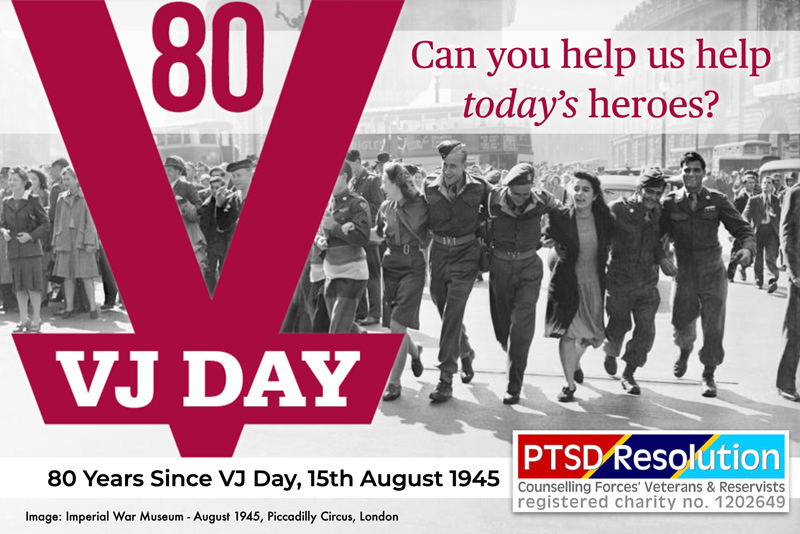
As We Mark the 80th Anniversary of VJ Day, Help Us Help Today's Heroe...

AI Injury: Why Human Connection Matters More Than Ever in Mental Healt...
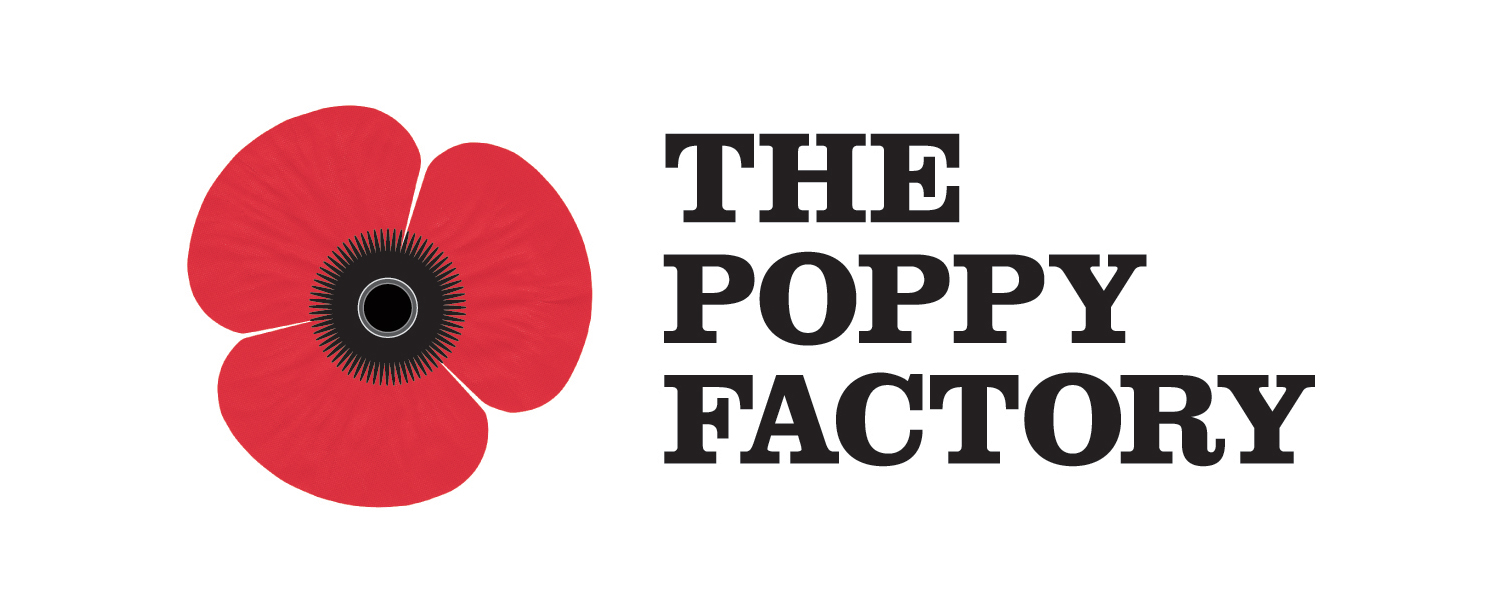
Charities join forces to improve support for veterans and families

ERS Gold Award July 2025
